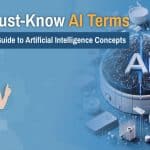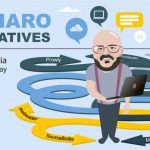Playback speed:
Many people are genuinely curious about whether there’s a tangible distinction between artworks crafted by human hands and those generated by artificial intelligence (AI). This question has been nudging at my own curiosity, too.
Delving into this topic, I’ve stumbled upon some fascinating insights on how to discern the subtle nuances between AI art vs human art. This post aims to walk you through these revelations, underscoring why artworks produced by humans hold irreplaceable value.
So, why don’t we dive right in and explore together?
Human Art vs AI Art [Key Takeaways]
- AI art uses technology to create pictures. It relies on patterns and can struggle with simplicity and emotion.
- Human art shows our feelings and stories; each piece is unique.
- Tools like TensorFlow help tell if art comes from a person or AI.
- Some people worry AI might take artists’ jobs, but it also offers new ways to collaborate together.
- Questions about who should get credit for AI art are important.
What Is AI Art?
AI art refers to artwork created with the assistance of artificial intelligence techniques such as generative adversarial networks, style transfer, and creative AI systems. These methods use algorithms and machine learning models to generate or enhance artistic content, resulting in visually intriguing and often surreal artworks.
AI art challenges traditional notions of creativity and authorship while exploring new aesthetic possibilities. However, it also raises questions about the role of human artists and the ethics of AI-generated content.
Let’s dive a little deeper into AI art’s nature.
AI art generation techniques
Creating art with AI involves a blend of science and creativity, leading to pieces that are both unique and complex.
- Neural networks: Artists use these computer systems, which learn from large datasets of existing artwork. These neural networks analyze patterns and styles to generate new art pieces. They can mimic various artistic styles or combine them to create something novel.
- Generative adversarial networks (GANs): This technique pits two AI algorithms against each other; one creates art, while the other evaluates its authenticity. The constant feedback loop improves the quality of images generated. This way, AI art could become more realistic.
- Style transfer: This method involves taking the style of one image and applying it to another. For example, an AI could merge the intricate patterns of Van Gogh’s strokes with a modern-day photograph.
- Algorithmic art creation: Some AI uses mathematical formulas to produce visuals. This method often results in abstract art since it relies on geometric shapes and lines dictated by code.
- Deep learning brushes: AI tools designed for digital painting can simulate real brush strokes on canvas. These programs learn from thousands of brush strokes made by human artists to replicate their techniques, emphasizing the magic in art created by humans.
- Evolutionary art: Through evolutionary algorithms, AI iteratively makes slight modifications to images, selecting desired traits such as color or shape similarity to a target style or concept until a final artwork emerges that meets the set criteria.
These methods highlight how AI overuses patterns and struggles with showing emotion in its creations. Despite these challenges, AI continues to evolve, pushing the boundaries of what we consider possible in the realm of digital art creation.
Tools and software used for AI art creation
Moving from the techniques used in creating AI art, let’s shift our focus to the tools and software that bring these artworks to life. I’ve spent time exploring various platforms, finding that three stand out in terms of features and creative potential.
- First on my list is Jasper Art, which is based on OpenAI’s DALLE-2 technology. This tool acts as a powerful ally for artists diving into the AI art space. Jasper Art excels at generating imagery based on the text descriptions you provide. Imagine typing a brief sentence about a landscape you’ve envisioned, and Jasper Art brings it to life with surprising detail and color.

- Next up, DALLE-3 takes the game further. It’s available in the paid plans of ChatGPT, which provide capabilities beyond text output available in its free version. This software pushes boundaries by not just creating images from text but also understanding context and delivering nuanced art pieces that can astonish you. Whether I’m looking for surreal landscapes or intricate designs, DALLE-3 seems to grasp my intentions with great accuracy.
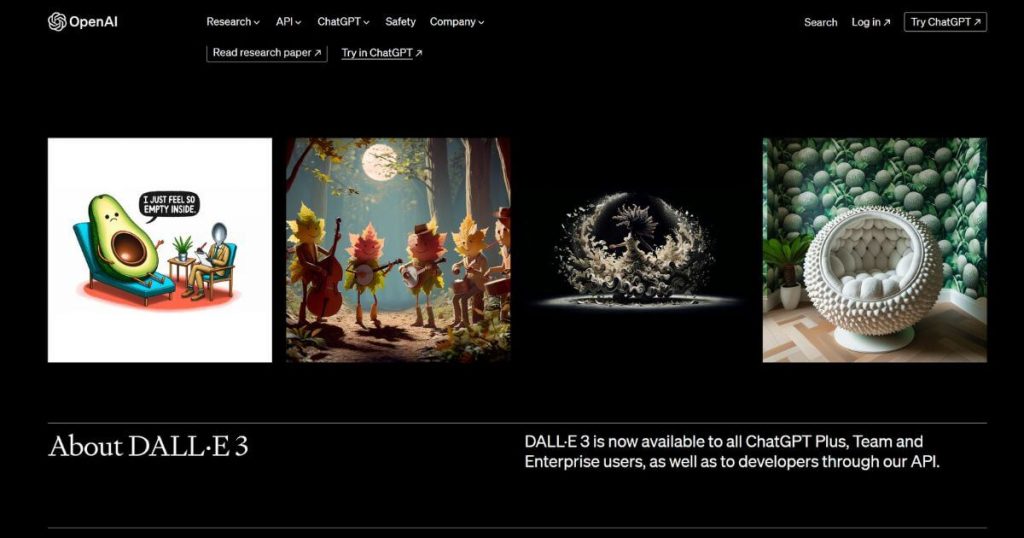
- Stable Diffusion rounds out my go-to list. Its specialty lies in its ability to manipulate existing images or blend multiple concepts into something entirely new. Say I have a photo of a tree but want it transformed into an ethereal creature. Stable Diffusion makes this possible. The software interprets my inputs incredibly precisely, leading to incredible results.
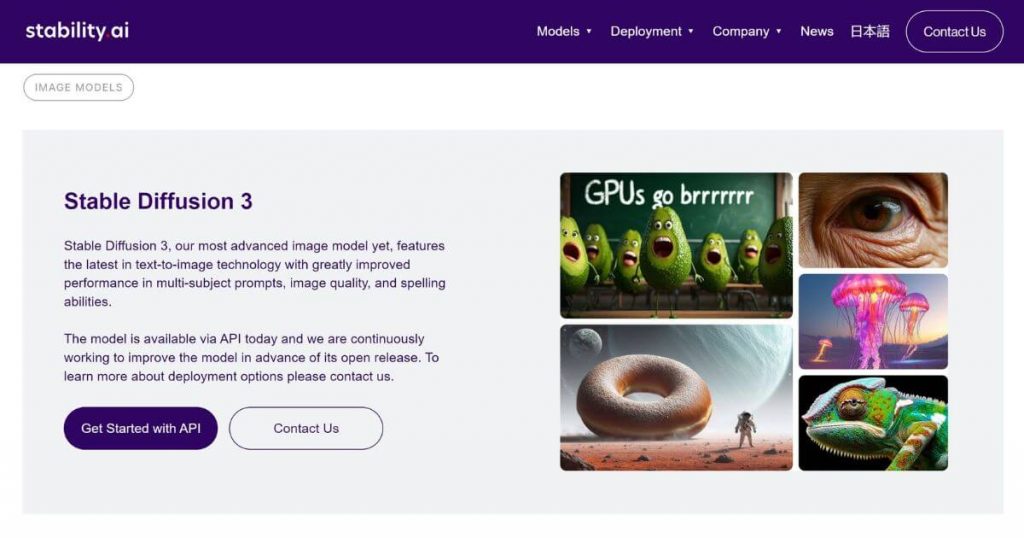
Each of these tools offers endless possibilities for creative expression, allowing artists like me to generate our own AI art or tweak existing works into new masterpieces.
Understanding Human Art
Human art shows our emotions and stories. It’s made with hands and hearts to share our experiences.
Art made by humans carries a depth of emotion and concept that stands out. It shows off unique brush strokes, consistency, and even the occasional mistake, making each piece one-of-a-kind. Artists have this amazing skill of experimenting and bringing to life unusual or unique elements in their work.
We see human artwork featuring both abstract ideas and simple illustrations. This mix reflects not just talent but also deep thought and feeling. Human art is not just about what gets painted on canvas or sculpted from clay. It’s a traditional way of expressing complex emotions and thoughts, raising concerns about creativity amidst the rise of AI in art-making.
AI Art vs. Human Art: The Ultimate Comparison
AI art pops up from computers, while human art comes straight from the heart. One thrives on algorithms, while the other dives deep into emotions.
“Human-created art often stems from personal experiences, emotions, and cultural contexts, leading to works that are imbued with unique perspectives and imperfections, as humans can develop their style, whereas AI learns it from the code. On the other hand, AI-generated art lacks this human touch, relying instead on algorithms and data patterns to produce visuals that may appear creative but often lack the depth and authenticity of human expression.” — Daria Globchak, Generative AI Expert, Elai.io
AI vs real art: differences, pros and cons
Here, I showcase the contrast between AI art versus human art.
For my AI art test, I tried to recreate an image drawn by a human. This is the original art by Harryarts:
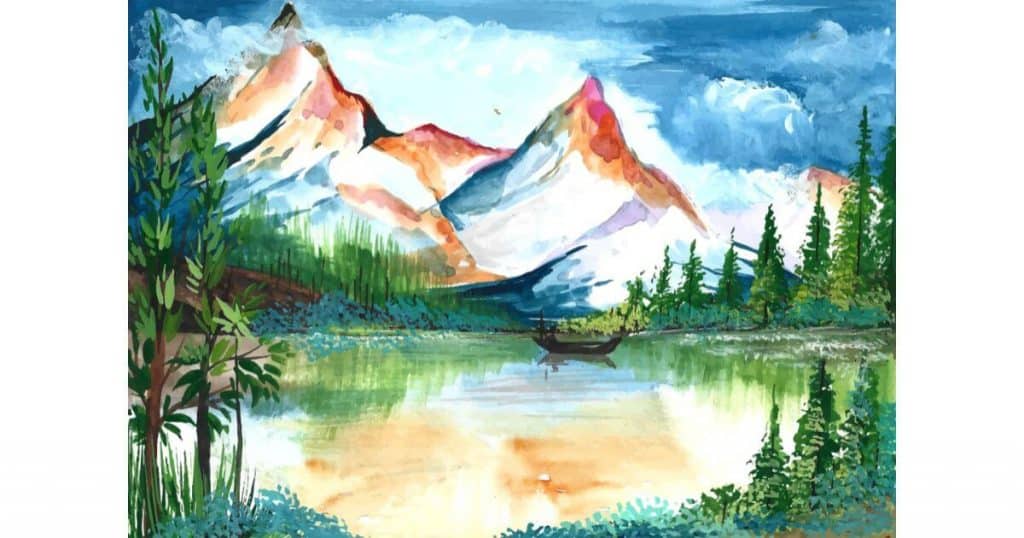
Here are the instructions I gave to Photosonic (Writesonic’s AI art tool), based on what I saw in the original art piece (I did my best): Create a landscape in watercolors, illustrating a blue-green lake, pink-orange mountains in the background and reflecting in the lake, coniferous trees around the lake, a silhouette of a man in a boat in the lake, and blue clouds.
This is the output:
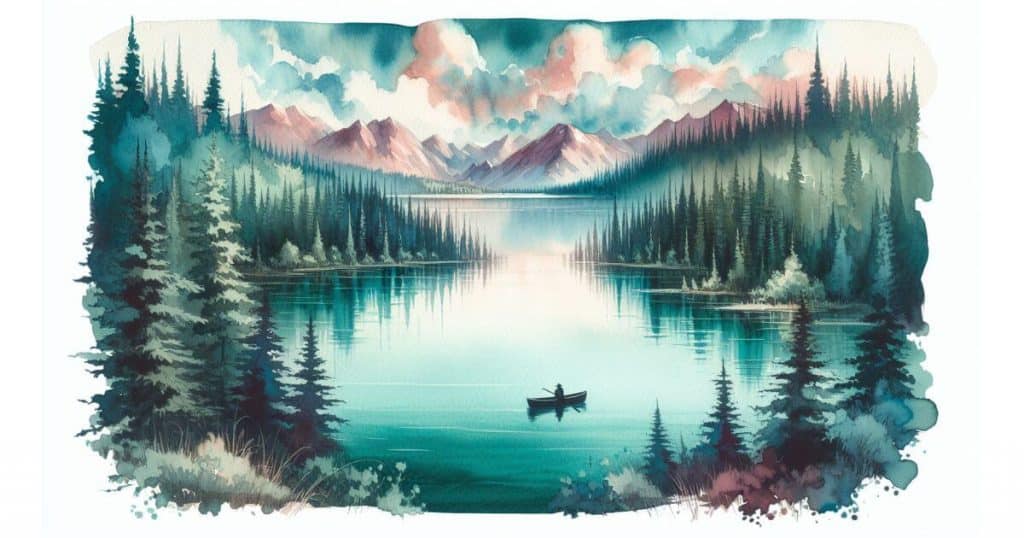
I decided to ask for a brighter image as this one looked dark and gloomy. I just tweaked my instructions a bit by adding a “bright landscape” to my prompt so that the generated image would look more like the original. Here’s what I’ve got:

The more detailed explanation you give, the better output you’ll get, or at least one closer to what you’ve imagined. To be honest, I had to generate quite a few AI images by changing my prompt to get to these two I liked the most. I couldn’t replicate the original drawing as much as I wanted to, but I think that both AI-generated images are good and correspond to the instructions.
Now, let’s look at the pros and cons of AI and human art.
Advantages of AI Art and Human Art
| Advantages of AI art | Advantages of human art |
| Opens new avenues for creativity, showcasing fresh ideas alongside human creativity. | Carries emotions and personal touches, reflecting the artist’s unique perspective and experiences. |
| Produces images much faster than human-made art, offering a vast array of styles quickly. | Allows for individuality and originality, fostering deep connections between the viewer and the artwork. |
| AI models ensure continuous production without breaks, enhancing productivity. | Holds cultural and historical significance, offering insights into society, personal stories, and heritage. |
Disadvantages of AI vs Human Art
| Disadvantages of AI art | Disadvantages of human art |
| Struggles with replicating unique or unusual elements present in human-made art. | Can be a slow process, involving hours or days of work, leading to higher costs and potential errors. |
| Lacks emotional and conceptual depth found in human-made pieces. | Struggles with consistency and replication of exact colors or strokes, facing physical and mental limitations. |
| Works can be easily duplicated and shared, posing challenges for artists to claim ownership and receive due credit. | Despite its limitations, it captures the emotional depth and nuances that AI-generated art lacks. |
| Tends to use recognizable shapes in abstract art rather than creating something truly unique. |
How to identify AI-generated art
I tried out some methods to tell if art was made by AI or a person. I found that the AI or Not tool was quite good at recognizing AI art.
It identified the human image from my example as “Likely Human”:
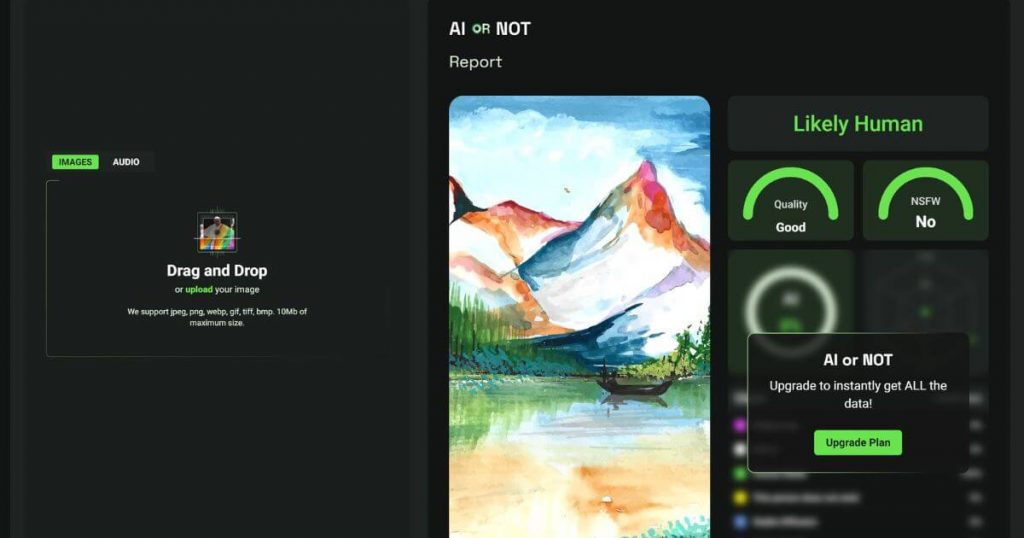
Whereas, the second AI image from my test was identified as “Likely AI generated”:
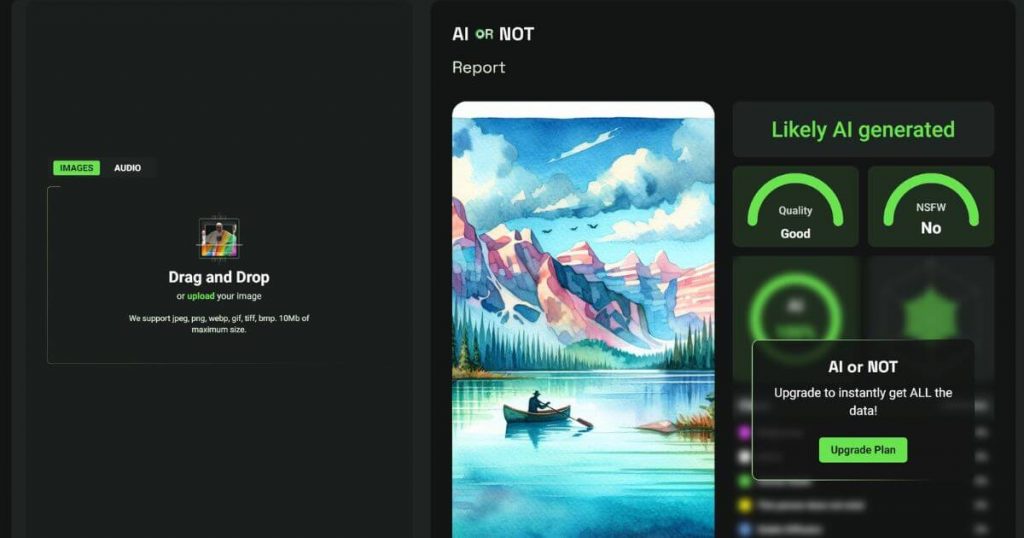
I also looked at real situations where it was hard to tell the difference between AI and human art. One notable example involved a painting sold at a prestigious auction.
Experts initially labeled it as being created by a renowned artist due to its intricate brushwork and emotional depth. Yet, upon closer examination using advanced detection tools, it was revealed to be the work of AI.
This incident stirred debates about the process of evaluating pieces of art which was based solely on visual cues without considering the creation process.
“Delve into the creative process itself. Human artists often have a signature process or a series of development stages that they go through when creating art. This might include preliminary sketches, research into the subject matter, or even unique techniques developed over years of practice. In discussions with artists or through the making of documentaries, these processes come to light. AI-generated art, while sophisticated, typically lacks this depth of process and narrative. It’s the difference between a creation born from iterative learning and emotional growth versus one generated from datasets and algorithms.” — Alari Aho, Founder and CEO, Toggl
Some methods and tools that help us spot the difference and how they work include:
- Check for emotional depth: AI creations often lack the emotional resonance found in pieces made by humans. Look for signs of deep conceptual themes or personal expression, which are usually missing from AI artwork.
- Look at the details: AI sometimes gets things wrong, such as hands or facial expressions, because it struggles with elements that human artists experiment with. Scott Schaper, the President of RSM Marketing confirms that “background imperfections, anatomical inconsistencies, and peculiar lighting or shadow rendering often betray an artificial hand.”
- Notice the style consistency: In a single piece, if parts look mismatched or oddly blended, it could be the work of an AI trying to piece together different elements.
- Search for abstract elements: If you’re looking at abstract art and it seems too structured or lacks simplicity, it might be created by AI. These systems often have a hard time creating simple, flat illustrations or genuine abstract concepts.
- Use detection tools and software: In addition to the widely used AI content detection tools, some tools are specifically designed to tell AI images apart from those made by humans. Tools such as TensorFlow and OpenAI have been used to create AI art and they can also help with identifying them.
- Examine texture and depth variations within the artwork: Sometimes, AI-produced visuals will either overemphasize texture in unnatural ways or fail to produce varying depths correctly.
- Pay attention to repetitive patterns or textures: These seem out of place in the context of the art piece and can be telltale signs of GANs at work.
“Human art, while wonderful, is often simplistic in nature and conveys ideas through both the omission of certain ideas and the inclusion of others. AI art is generally a bombastic punch in the face with too much complexity, which leads to more errors and what is known as the uncanny valley. Telling human and AI art apart is easy; one simply needs to look at complexity, patterns, and intent.” — Ivy Bernabe, Performance Marketing Manager and SEO, Tidal Digital
Perspectives on AI Art
Let me share my thoughts on art created by AI. People have different views and worries about its effect on art and jobs.
The impact of AI art on the job market and creativity for artists
AI art is shaking up the job market and creativity for artists. This technology can create complex art faster than any human could. Some fear AI art might replace traditional human art, leading to fewer jobs in the field.
Artists are now exploring how to blend their skills with AI, creating unique works that wouldn’t be possible otherwise, thus navigating the complex terrain of human and AI collaboration in art.
This blend creates a new kind of art where human emotion meets computational power. While challenges exist, the interaction between AI models and artists prompts innovation in how we perceive and value art.
Buying and selling AI art
The market for AI-generated art is booming. Collectors and investors are now showing a strong interest in these pieces. They see value in something that blurs the lines between technology and creativity. I’ve noticed more online platforms popping up dedicated to selling AI art. These places make buying digital creations easier than ever.
Selling AI-generated artwork raises some big questions, though. Buyers often wonder about the authenticity and creativity of what they’re purchasing. I have found that people generally demonstrate a preference for human art and a bias against AI art.
The CEO of Digital Web Solutions, Vaibhav Kakkar shares his experience in this regard:
“We contrasted AI-generated visuals against human-created artwork in a digital marketing campaign. We found that our audience engaged more deeply with content that carried the subtle imperfections and emotional depth characteristic of human artists. This experience underscored the importance of integrating technical and emotional analysis when discerning artwork’s origins. This practice has become increasingly crucial in a landscape where technology and human creativity intersect in complex ways.”
Some people argue that because an algorithm creates them, they should be worth less. Others believe the innovation behind them adds unique value.
Ethical considerations regarding artistic authorship and originality
AI art raises big questions about who owns a piece of art and if an AI can be the real artist. Since the creativity behind AI art comes from human-made data, algorithms, and AI art prompts, it’s tricky to say if the AI itself should get credit.
This debate about real art vs AI art shakes up our usual ideas about copyright laws and who has the right to claim their work as original.
Another challenge is figuring out what “original” really means in art made by AI. Art often takes inspiration from other works, but AI can mix elements in ways no human could, questioning our standards for authorship and uniqueness.
With digital and AI creations blurring these lines even further, we need new rules to understand creativity’s future landscape.
“Many generative AI (GenAI) tools give the ‘feel’ of being created by humans, which could offer advantages in the future gaming market, not to mention in other fields such as commercial publishing and movies. However, as promising as all of these developments might be, not everything produced by these generative AI (GenAI) tools will reach professional standards.
And we are already seeing some problems with questions of copyright and theft of intellectual property. These problems generally arise when generative AI is used to imitate and replicate the stylistic writing or decision-making of a particular person, including the specific markers of that person’s writing style. All of this is happening at such a pace now that these developments must be legitimate targets for caution and due diligence.” — Puneet Gogia, Founder and Data, AI & Excel Expert, ExcelChamps
The Future of AI Art and Human-Made Art
The future of AI art and human-made art is shaping up to be a thrilling journey. AI continues to push the boundaries, making art more realistic and hard to tell apart from works made by humans.
This challenges our ideas about creativity and questions what we consider true art. As AI grows smarter, artists are experimenting with new forms of expression that blend human imagination with machine precision. This fusion could lead us into uncharted territories of artistic exploration.
On the one hand, some worry that AI might replace human artists, sparking debates about job security in the arts community. On the other hand, I see potential for a symbiotic relationship where both can thrive.
AI can handle repetitive tasks or analyze vast amounts of data for inspiration, freeing humans to focus on the conceptual and emotional aspects of art-making. Together, AI and humans could redefine what it means to create, giving rise to artworks that were once beyond our wildest dreams.
The interaction between human artist skills and AI’s capabilities suggests an exciting era ahead where collaboration reigns supreme in pushing artistic boundaries further than ever before.
AI vs Human Art: Conclusion
AI art and human art each bring something special to the table. They show us different sides to creativity. We get to see the power of technology in AI art. At the same time, human art shares deep emotions and unique ideas.
Talking about human vs AI art, I must say that both have their own charms and challenges. As we go forward, our appreciation for both forms can only grow. Let’s keep exploring what AI and humans can create together in the world of art.
FAQ
What is the difference between AI art and human art?
The main difference lies in who creates the art. AI-generated images are made by computers, while human artists use their own hands and minds to create artwork.
Can people tell if art was made by an actual human or an AI?
Sometimes, it’s hard for people to tell the difference because AI can generate images that are very realistic or creative. But often, knowing whether an artist or a machine made something changes how we feel about art.
Do people prefer human-created art over AI-created art?
When it comes to AI art vs real art, preferences vary widely. Some enjoy the novelty and capabilities of generative AI in creating visual arts, but others value the irreplaceable qualities of traditional, human-made pieces more highly. Many believe that human-created artworks carry more emotional depth and a personal touch, reflecting unique human experiences that machines cannot replicate.
How does AI manage to create art?
Generative AI models analyze vast amounts of existing artwork to learn styles and techniques. Then, they generate new images or compositions based on what they’ve learned.
Are there debates about whether AI should be used to make art?
Yes. There are ongoing discussions about the role of AI in making art and its creativity’s nature: whether it’s a uniquely human phenomenon or if AIs can genuinely participate in artistic creation without just mimicking existing styles.
